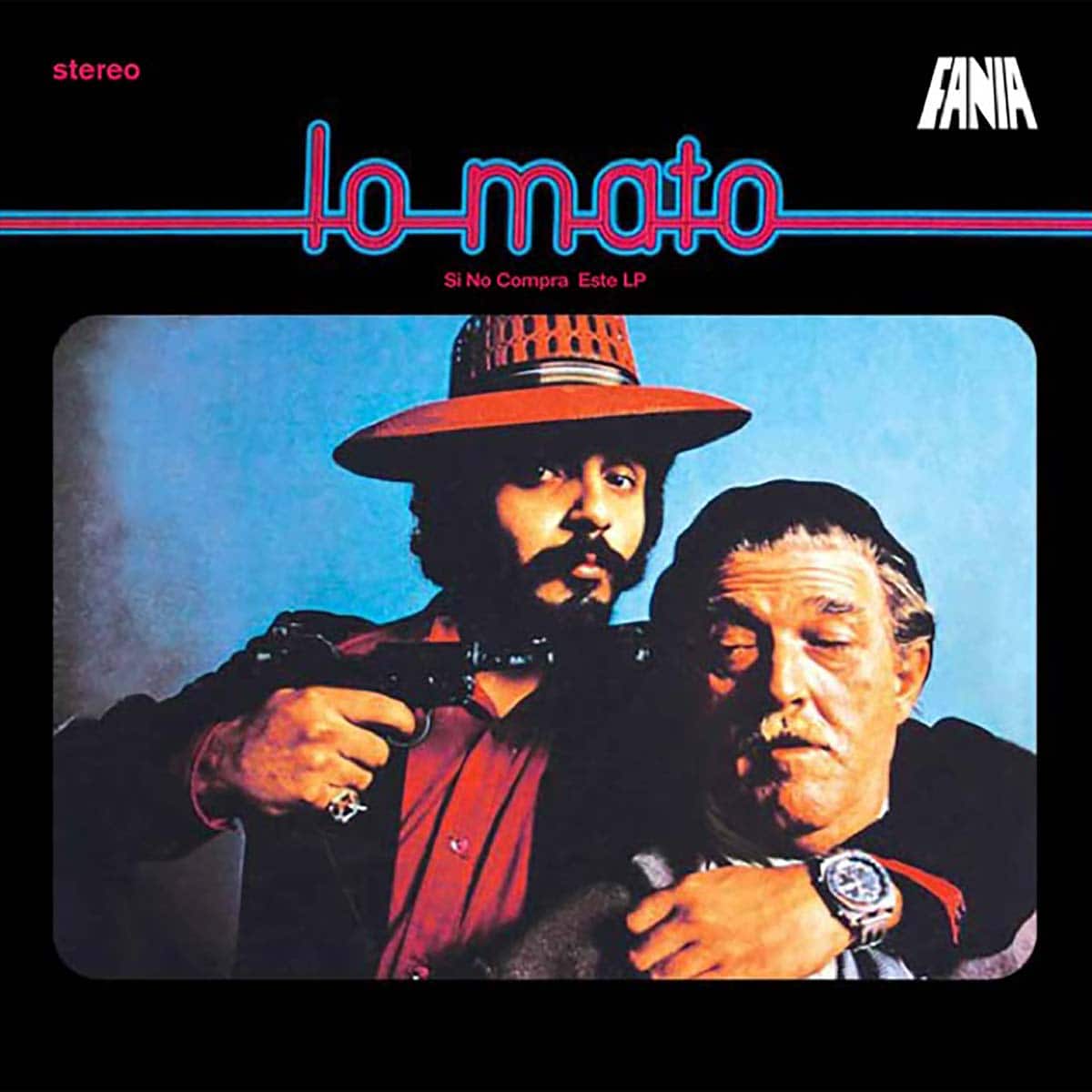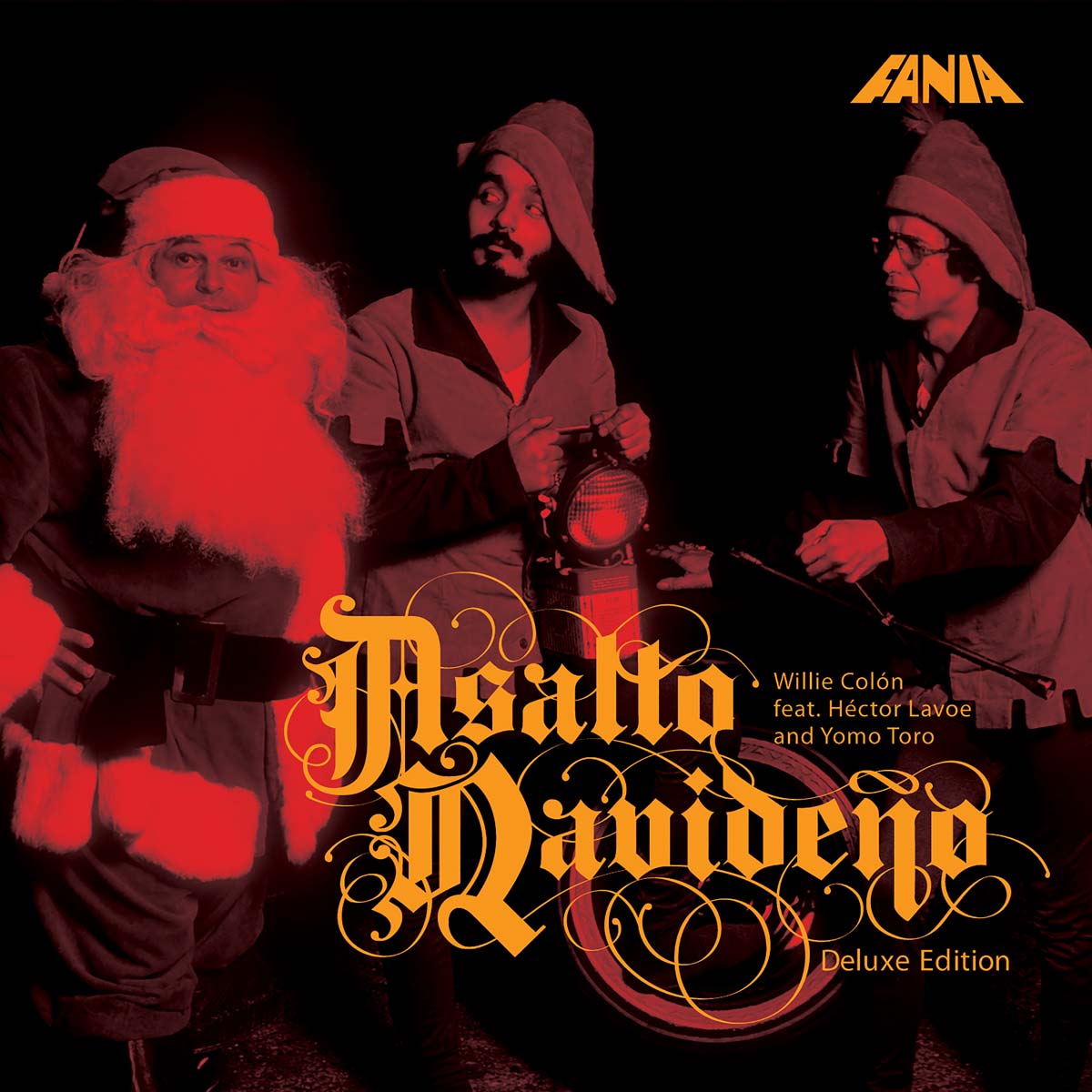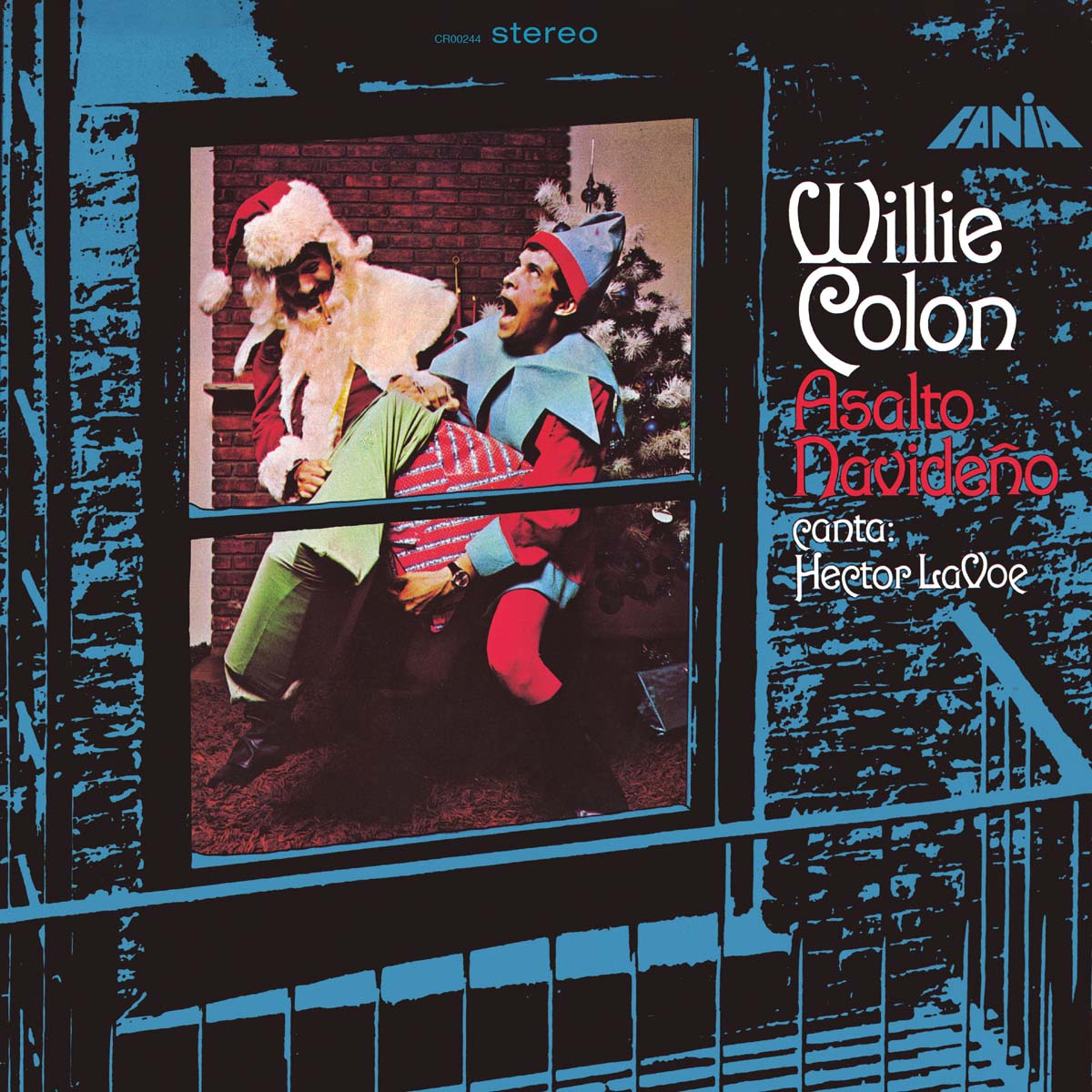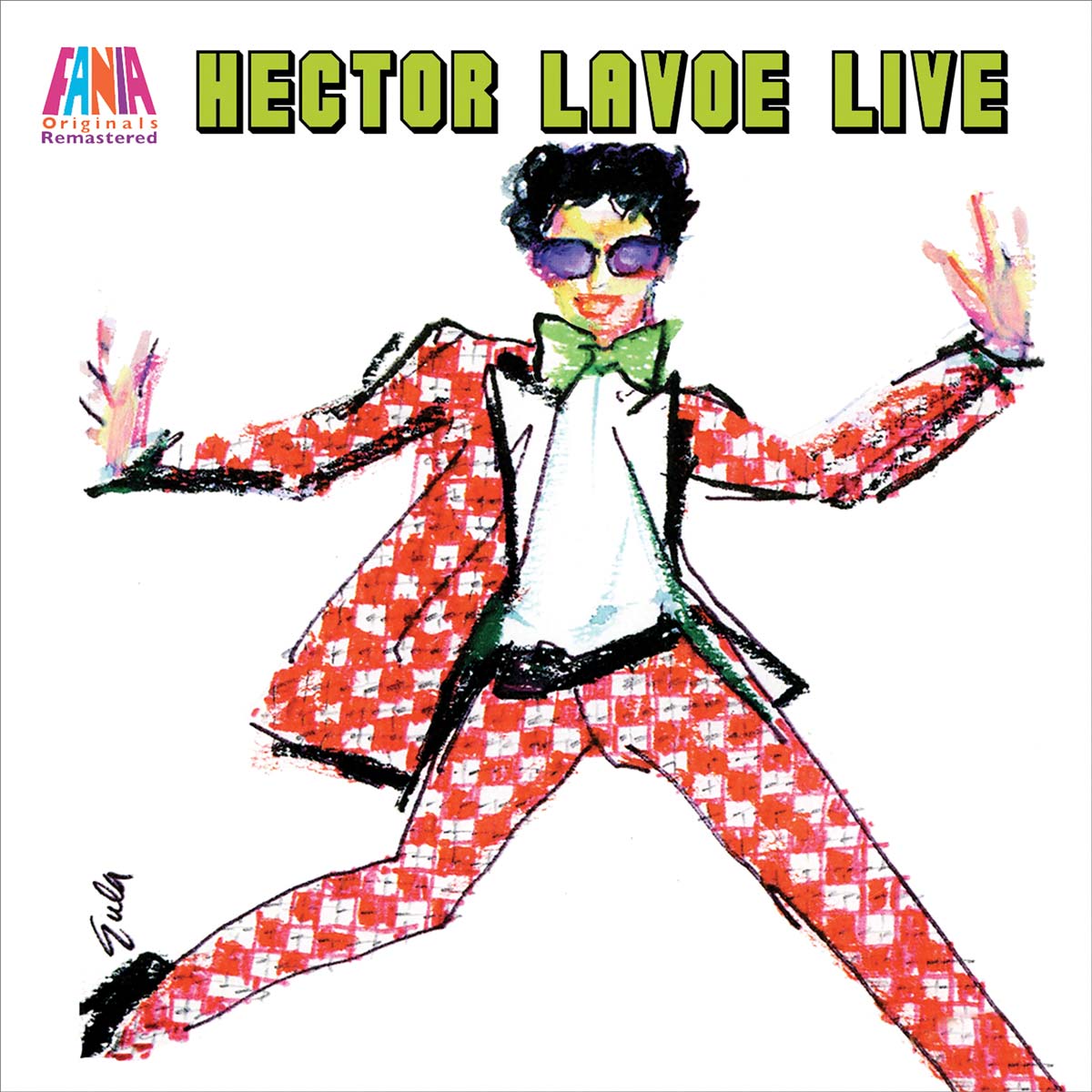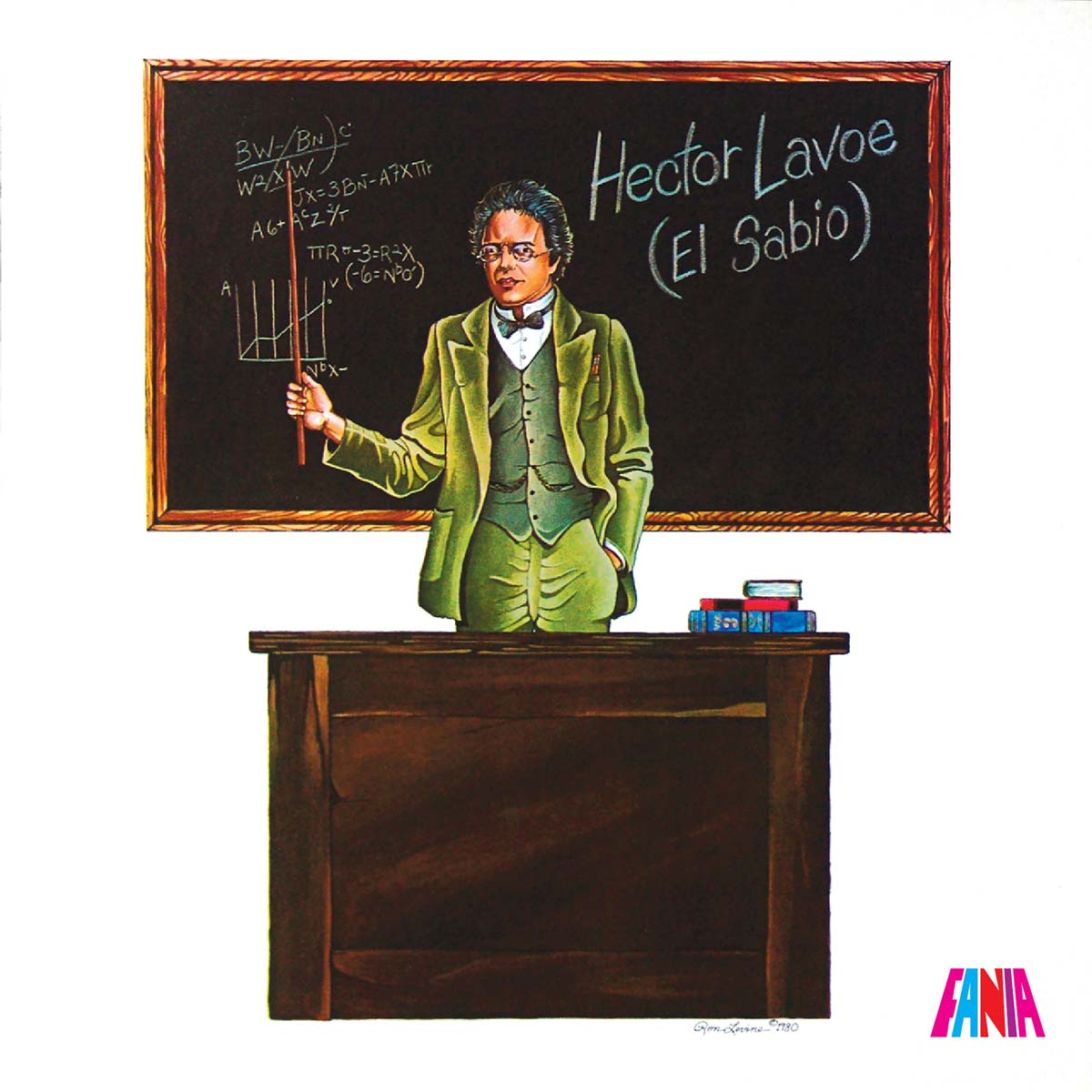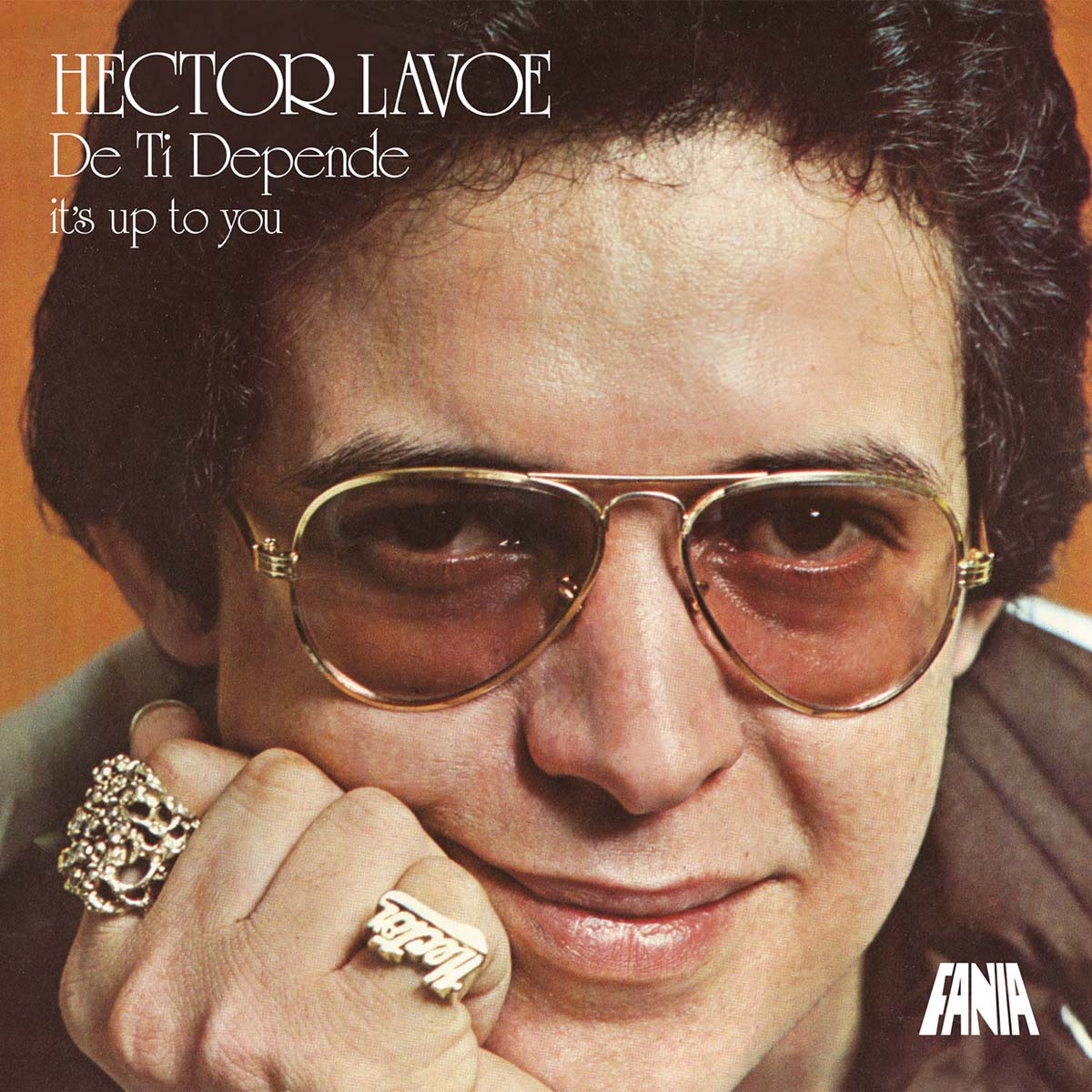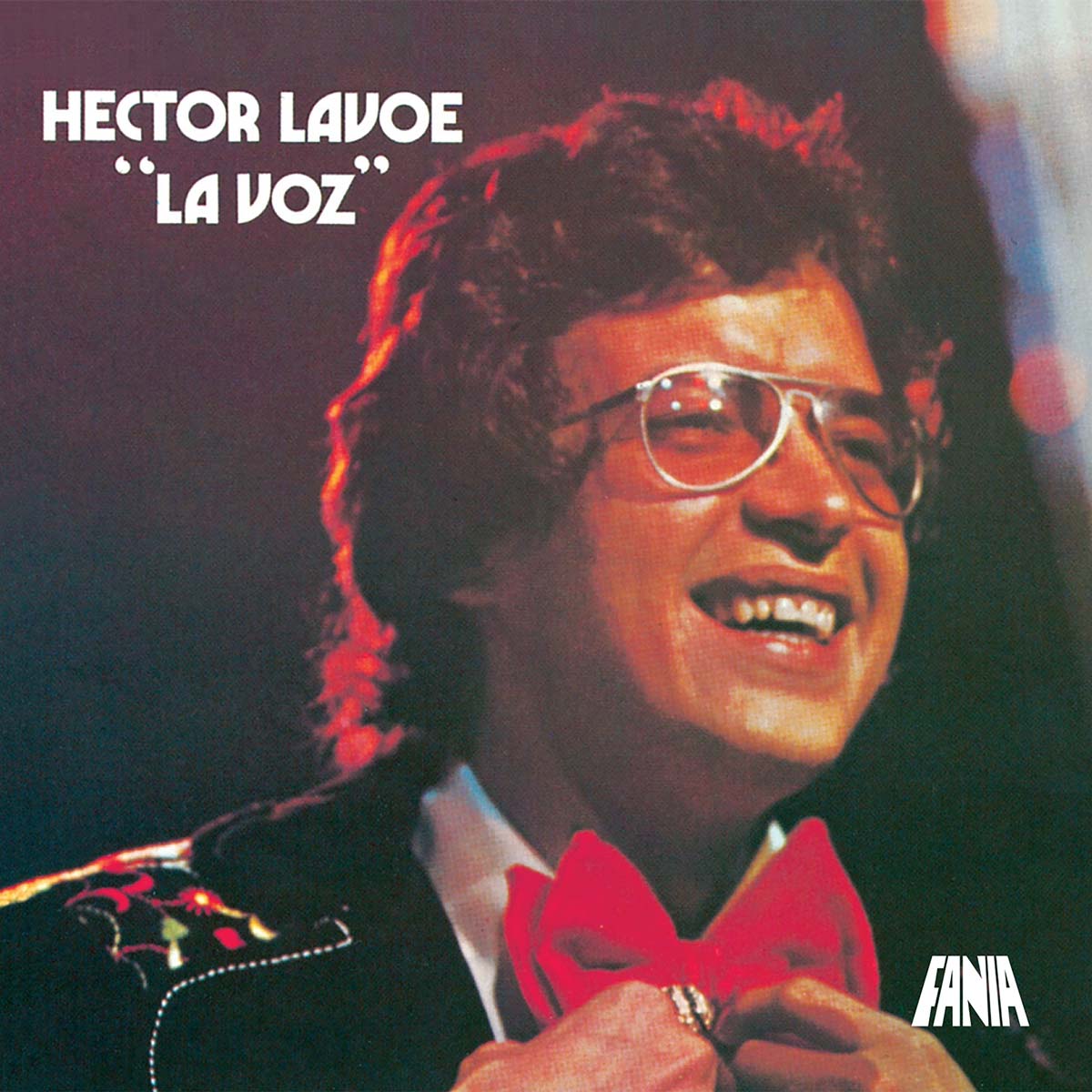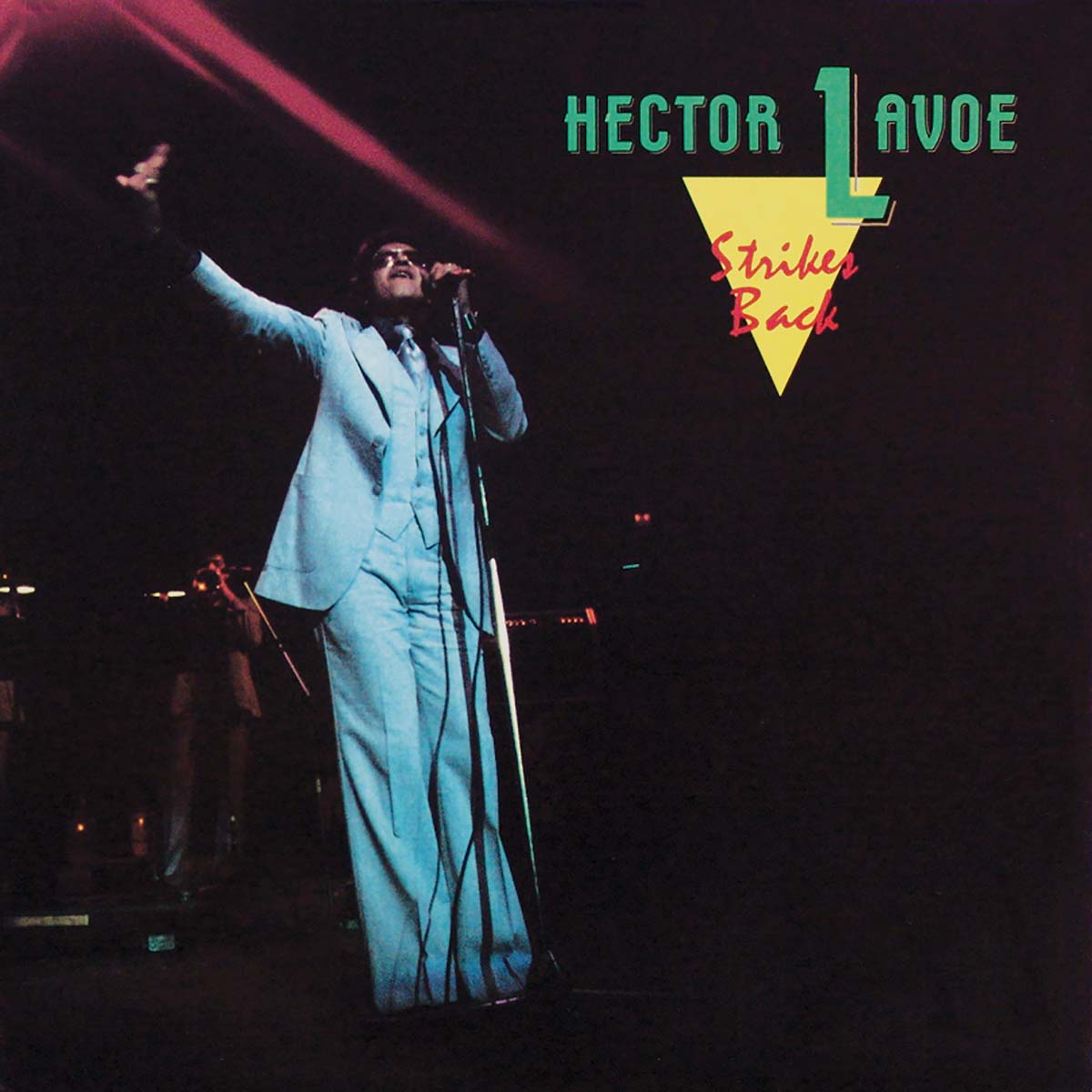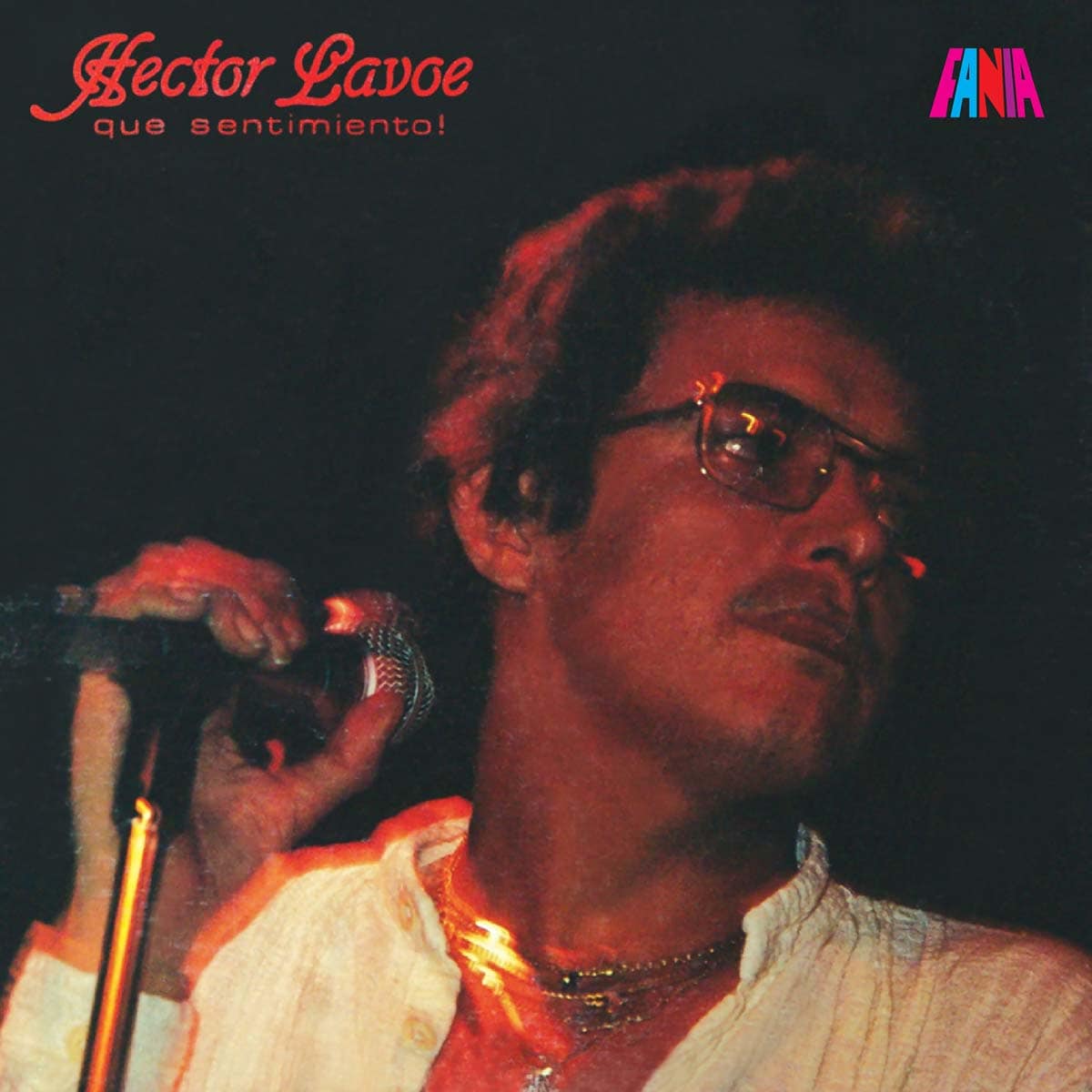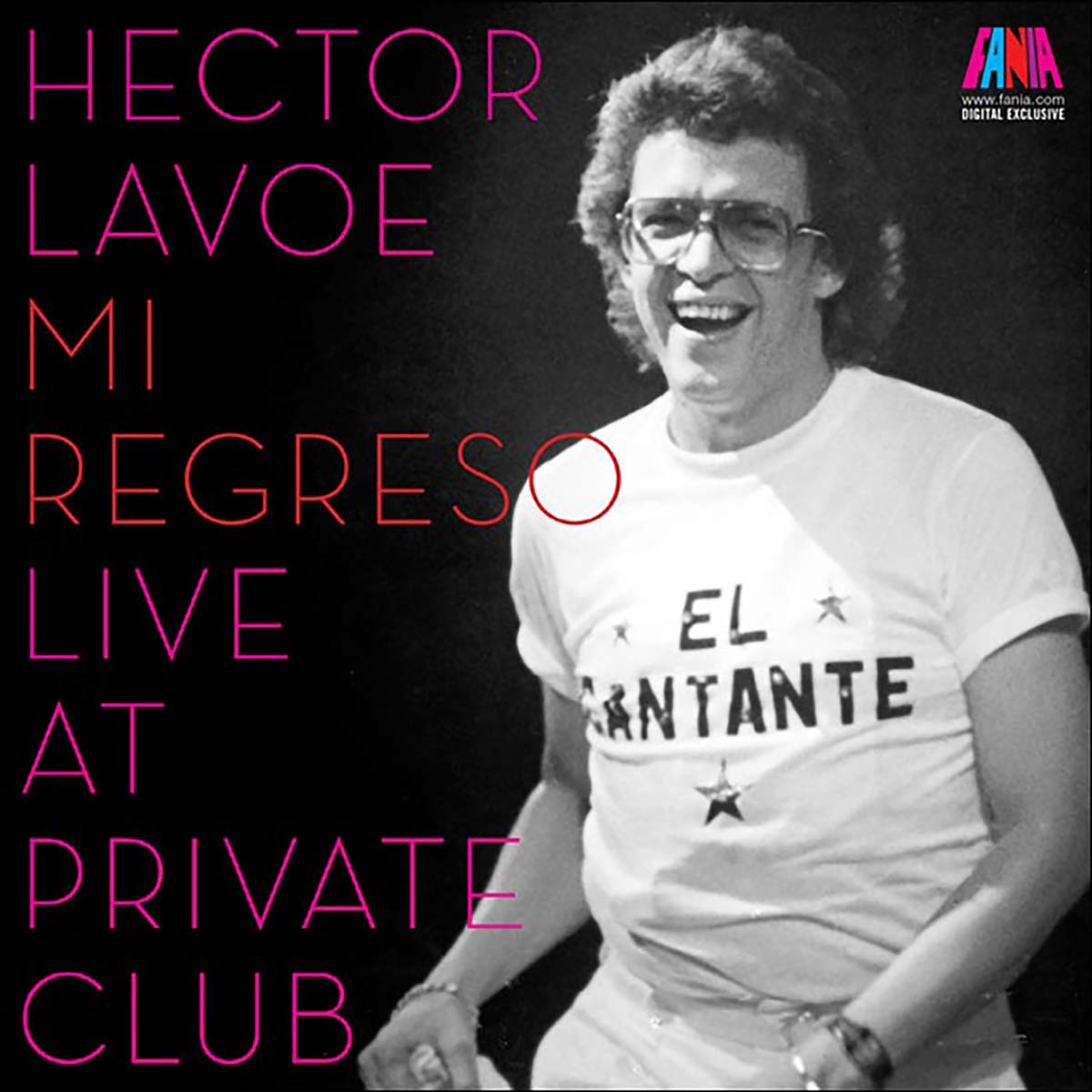
Eight years after its creation, Fania Records had accumulated such a sizable catalog of artists that it began to issue compilations from its roster of hit-making stars such as Willie Colón, Larry Harlow, Johnny Pacheco, and Ray Barretto. In fact, Crime Pays was the first anthology the label put out in 1972.
The ironically titled Crime Pays was a comment on the success of Colón’s carefully cultivated bad guy image that he sustained until the mid-1970s. The anthology compiles nine key cuts from his first four albums. His 1967 debut album El Malo (The Bad Guy) is represented by his first hit, the mambo jazz instrumental Jazzy and the title track, a bomba-guaguancó composed by Colón. Jazzy was co-penned by Colón and his African-American pianist Dwight Brewster and bassist James Taylor. The album’s recording director, Fania co-founder Johnny Pacheco, bought Héctor Lavoe in to sing lead vocals. According to Brewster’s biography, Lavoe initially shared the view of older musicians that Colón’s was a kiddie band, but it was only after he heard the playback of Jazzy and two Colón/Brewster tunes that he changed his mind and agreed to join. Lavoe was to remain until Colón gave up his band in 1974.
Colón’s follow-up, The Hustler (1968), is represented by Guajirón, composed by Brewster’s replacement on piano, Mark “Markolino” Dimond, also African-American, Que Lio, a guajira co-written by Joe Cuba, Lavoe, and Colón, and the boogaloo Eso Se Baila Así penned by Colón. Dimond takes one of his elegant trademark solos on Guajirón. A brilliantly talented yet tragic figure, Dimond, who was already a drug addict at the time of The Hustler, dropped out of the New York recording scene in the mid-1970s and died in the 1980s, leaving a small yet masterful legacy of recorded work mostly for the Fania family of labels. Colón takes an effective though unsophisticated trombone solo on Que Lio.
Guisando and El Titán, both co-written by Colón and Lavoe, originate from Colón’s third Fania outing Guisando – Doing A Job ( 1969). Though un-credited, this was Dimond’s last recording with Colón before he commenced an ill-fated career as a bandleader. Other un-credited personnel on the album included Charlie Cotto on timbales, Santi González on bass, Chucky López on bongo, and Barry Rogers on trombone with Justo Betancourt and Pacheco doing the first of many coro duos for Colón’s albums. An African-American percussionist called Gilbert played conga.
Che Che Colé and Juana Peña are taken from Colón’s fourth Fania release Cosa Nuestra (Our Thing; 1970), his first album to go gold. Che Che Colé, adapted by Colón from a Ghanaian children’s song, was his biggest hit up to that point and catapulted him into superstardom. “What really made the tune fun was Héctor’s humorous Spanish (language) interpretations of the coro,” comments Ray Rosado, leader of Maña, who knew Colón in the early days and continued to follow his career. Juana Peña was another Colón/Lavoe composition.
Following Cosa Nuestra, Colón made another five albums with Lavoe before handing his band over to him. By the time Colón’s seventh album El Juicio (1972) was released, he had received a gold record for pre-sales alone! The cover of Farándula magazine hailed it as “El Album Mas Esperado Del Año” (The Most Awaited Album of the Year). “I attribute this success to Colón and Lavoe’s chemistry as well as their willingness to go beyond New York City in their taste for lyrics and melody,” concludes Rosado.
Composer credits and origin of song titles:
Che Che Colé 3:30 (W. Colón; from Cosa Nuestra 1970)
El Malo 3:55 (W. Colón; from El Malo 1967)
Guisando 4:00 (W. Colón/H. Lavoe; from Guisando – Doing A Job c. 1969)
Jazzy 4:00 (Brewster-Colón-Talyor; from El Malo 1967)
Juana Peña 5:37 (W. Colón/H. Lavoe; from Cosa Nuestra 1970)
Guajirón 5:59 (M. Dimond; from The Hustler 1968)
El Titán 5:21 (W. Colón/H. Lavoe; from Guisando – Doing A Job c. ’69)
Que Lio 4:35 (J. Cuba/H. Lavoe/W. Colón; from The Hustler 1968)
Eso Se Baila Así 5:15 (W. Colón; from The Hustler 1968)
Credits:
Produced By: Jerry Masucci
Recording Director: Johnny Pacheco
Photos By: Len Bauman
Original Album Design: Izzy Sanabria
Originally Assembled & Edited At: Broadway Recording Studios
Written by John Child


